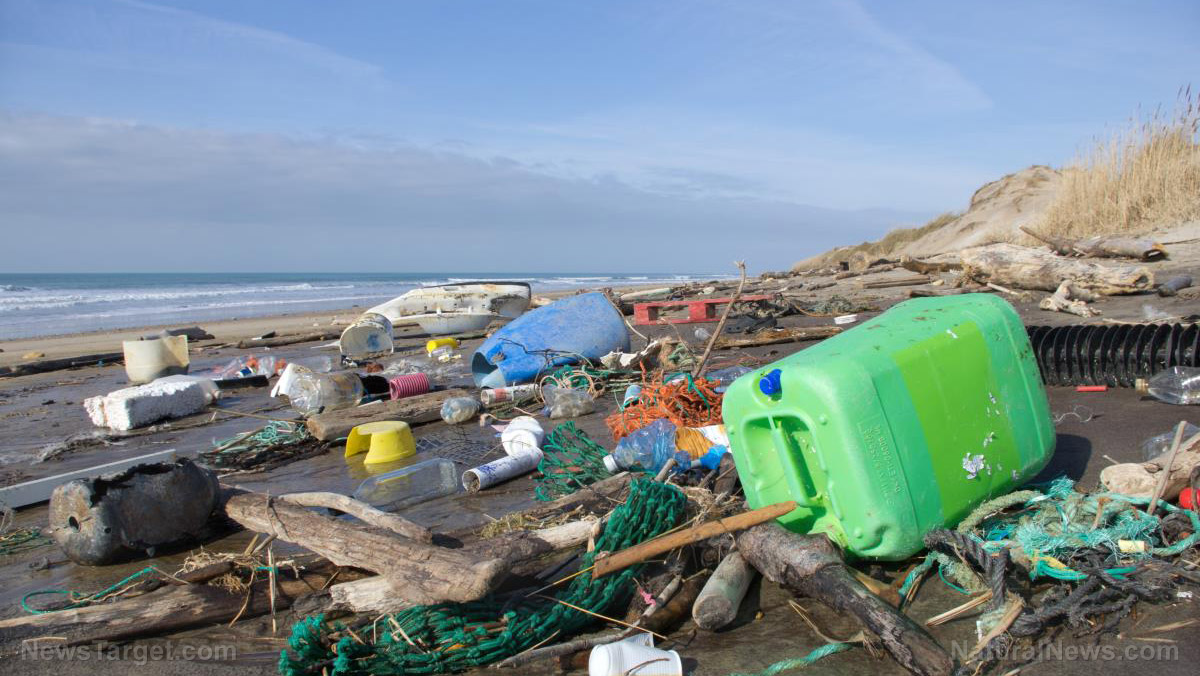
The animals can travel the world's oceans for six or more years, clinging onto the plastic debris as such materials do not biodegrade, compared with natural rafts like drift wood or vegetation that do not last as long. According to the research team, the proliferation of plastic debris across the world's oceans provides potentially harmful marine species an opportunity to spread to various continents and habitats.
"Given that more than 10 million tons of plastic waste from nearly 200 countries can enter the ocean every year -- an amount predicted to increase by an order of magnitude by 2025 -- and given that hurricanes and typhoons that could sweep large amounts of debris into the oceans...there is huge potential for the amount of marine debris in the oceans to increase significantly...This has turned out to be one of the biggest, unplanned, natural experiments in marine biology, perhaps in history," lead author Professor James Carlton has told Daily Mail online.
Sea creatures cling to plastics, debris to cross shores
The warning is in line with a recent study published in Science, where researchers found that the increase in non-native marine animals across the U.S. shores can be traced back to the powerful tsunami that hit Japan in March 2011. The study was carried out by a team of researchers at the Oregon State University and the California State University.
According to the study, nearly 300 species of marine animals arrived on the shorelines in northern California, Oregon, Washington, Alaska and Hawaii between 2012 and 2017. The animals made it to the U.S. territories alive by clinging onto the debris washed out into the sea, the researchers noted. It was also shown that the animals were able to endure a 4,400-mile trip and the harsh environment of the open North Pacific seas for over six years. [Related: Reef fish found to be surprisingly resilient to ocean acidification caused by carbon dioxide (climate change).]
"We have created a new mechanism for species to disperse around the world. From this research, we made the observation that major events like this can have a greater impact than they have in past. The human-built environment of the coastline contains a lot of materials that don’t deteriorate over time. In this modern era, where we put so much on the coastline, things can pretty much float indefinitely," lead researcher Jonathan Geller wrote in a Mercury News article.
The research team also noted that surviving Japanese species continued to reach U.S. shores across San Francisco and northern California until late in 2017. The scientists have observed a wide array of surviving sea animals such as black mussels, tiny grey barnacles, and flowery sea anemones as well as tangerine-colored sea slugs and bright purple sea stars. In contrast, the research team observed that wooden debris from Japan rarely made it long enough to cross oceans.
"Now if something unusual appears in California, we have a diagnostic tool to associate a new invader with sources in Japan. So if you’re on a beach and collect an organism, you can sequence its DNA and compare it to what I generated, to determine whether there’s a match or not," Geller has added.
You can find similar news articles like this at CleanWater.news.
Sources include:
Please contact us for more information.

















